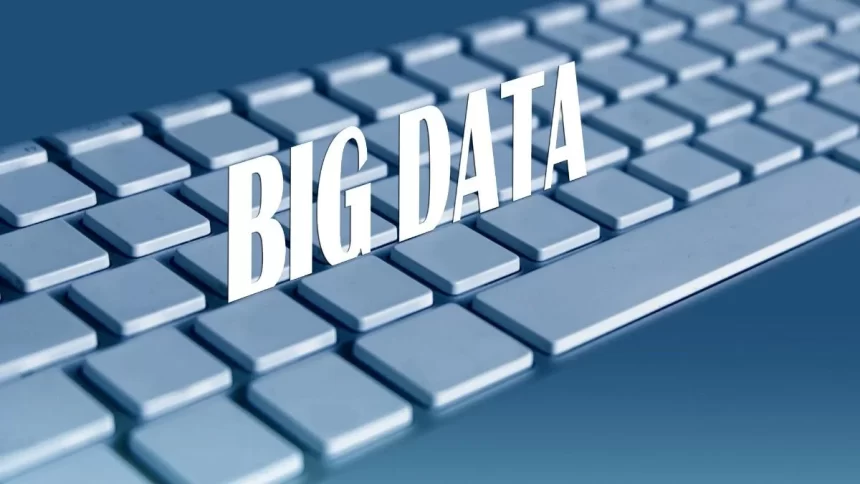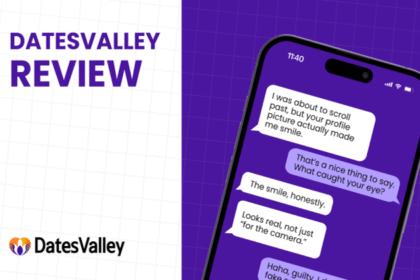The key to success or failure of an organization could be the brand identity, particularly in a crowded marketplace. Luckily, big data will help an organization in building a powerful brand identity from scratch or recognize weak points that exist.
What exactly is Big Data?
Brand identity incorporates all the visual aspects of an organization, including its font, color scheme, and logo. If we ask people across the world to tell about McDonald’s, many will probably bring up the iconic golden arches.
Many people often expand the concept of brand identity to mean the personality of a product, and what makes it different from other possibilities. For instance, Lush Cosmetics offers bath and makeup products, but it differentiates itself in the industry by focusing on natural goods not tested on animals. Every product also has the name of the individual creating it, along with a resemblance to a cartoon.
Benefits of Using Big Data for Brand Identity
Big data can explain how people see a brand at the moment: Many initial attempts at brand identity fall short. For example, the results of a small customer survey may show that people couldn’t select your logo from a variety of five options or get frustrated because they think it’s hard to read your font from a stretch. One of the sways of big data is that it helps to analyze large quantities of information in a far shorter period than previous approaches allowed.
One example recently used by marketing researchers was to learn more about consumer expectations through the monitoring of social media. Looking at the followers linked with a particular brand, it helped users to see what social media users think of a personal care company’s eco-friendliness or the nutrition related to the snack business.
Utilizing big data to show what consumers are feeling about a company is an ideal way to assess if there is scope for change. It will offer marketing representatives the ability to explain myths while at the same time, strength the image of a brand. The use of a big data platform will allow companies to gather and evaluate what people are thinking about a new logo or font. If required, it is then more comfortable for them to react or even make adjustments if the modification doesn’t have the desired effect.
Big data can provide information on which elements to retain or remove: When businesses aren’t sure which aspects of brand identity are most relevant to customers, big data could help. A company could spend a couple of months surveying people all over the world about which aspects of the brand identity are most valued or identifiable. The information may direct choices made by an organization and increase the probability of success. Using big data also enables the development of a more simplified brand identity by helping businesses decide what matters most to their consumers, and then aim to match those characteristics. If an analysis shows that a specific feature of brand identity is not furthering the company’s overall goals and vision, it might be time to take it out.
Big data can enable marketers to make better decisions on brand identity: Big data may also tell advertisers whether recent brand identity changes have a beneficial impact on items like purchase rates or traffic on the web. Big Data provides a variety of options for brand building. If an organization releases a new product, the officials can keep an eye on the metrics. This will help the organization in knowing about the feedback from the audience and refrain from further progress if the reviews are negative. Any company may similarly use big data to avoid wasting time or money.
The better brand image brings achievement: In today’s marketplace, there is no denying of the fact that a powerful brand image is highly essential for an organization. Big data tools may point businesses in the right direction as they develop their branding strategies or enhance them.










